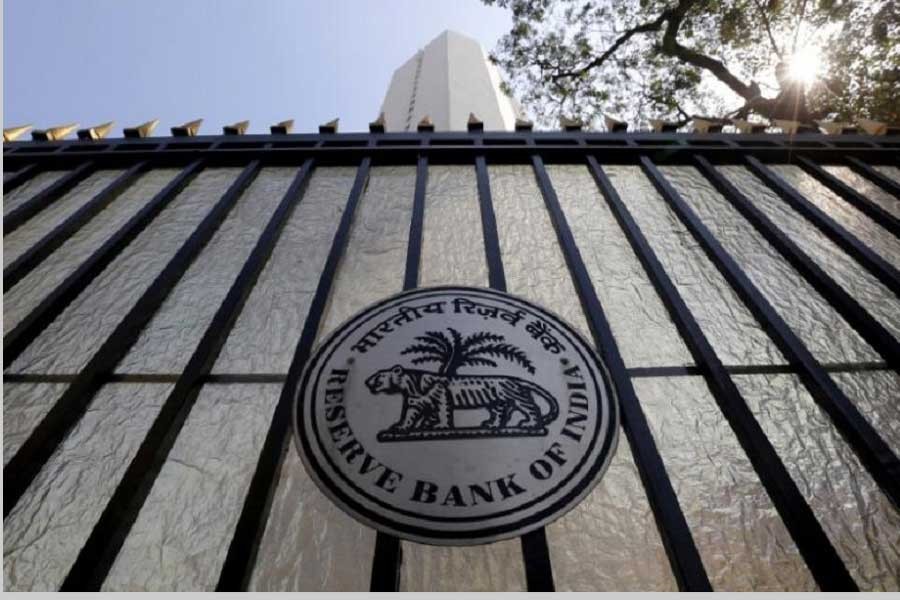The Reserve Bank of India has asked commercial lenders to provide it with details of all letters of undertaking - a form of credit guarantee at the centre of an alleged $2 billion fraud - issued by them in the past several years, according to four bankers who have seen the directive.
The regulator is ratcheting up pressure on lenders, increasing its scrutiny and laying down deadlines for them to fix gaps in their systems, in the aftermath of the country’s biggest bank fraud.
Two jewellery groups were accused last month of defrauding state-run Punjab National Bank (PNB) of more than $2 billion, mostly through fraudulent guarantees based on letters of undertaking (LoUs) issued by rogue bank employees that they used to raise credit overseas. The key accused in the case have denied any wrongdoing.
The Reserve Bank of India (RBI) wrote to all banks a week ago asking for details of the LoUs they had written, including the amounts outstanding, and whether the banks had pre-approved credit limits or kept enough cash on margin before issuing the guarantees, the sources said.
One of the sources said the regulator had asked for details of LoUs issued as far back as in 2011, while another said the deadline for banks to respond was earlier this week.
“If there is a problem in one bank, they will be checking the whole system. What’s the outstanding? Is it correctly reflecting in the book or not? That kind of thing,” said a third source, a senior banker.
The RBI did not immediately respond to a request for comment.
Importers typically use LoUs issued by their local bank to raise cheaper foreign currency loans overseas to fund purchases.
In the case of PNB, bank employees who have been accused of pulling off the fraud in connivance with companies controlled by jewellers Nirav Modi and his uncle Mehul Choksi, allegedly issued LoUs on behalf of the jeweller groups without any pre-approved limit or margin. Modi and Choksi both deny involvement.
The bank has also said the employees intentionally did not enter the LoUs in the bank’s core accounting system to prevent the alleged fraud from being detected.
In sweeping changes to bank protocols after the fraud, the RBI had asked banks to comply within strict deadlines on more than two dozen checkpoints, most notably to connect the SWIFT interbank messaging system with their core banking software by April 30.
Previous central bank letters to banks reviewed by Reuters had shown that the RBI had warned banks as early as in 2016 on technical loopholes that it said could expose the lenders to a heightened risk of fraud, but there was no indication of any fix on most counts.
Separately, a senior PNB executive told Reuters that the bank found “procedural lapses involving paperwork” after scanning all its 250 branches that deal with foreign exchange, but added he did not expect its total exposure to the fraud to rise further.


